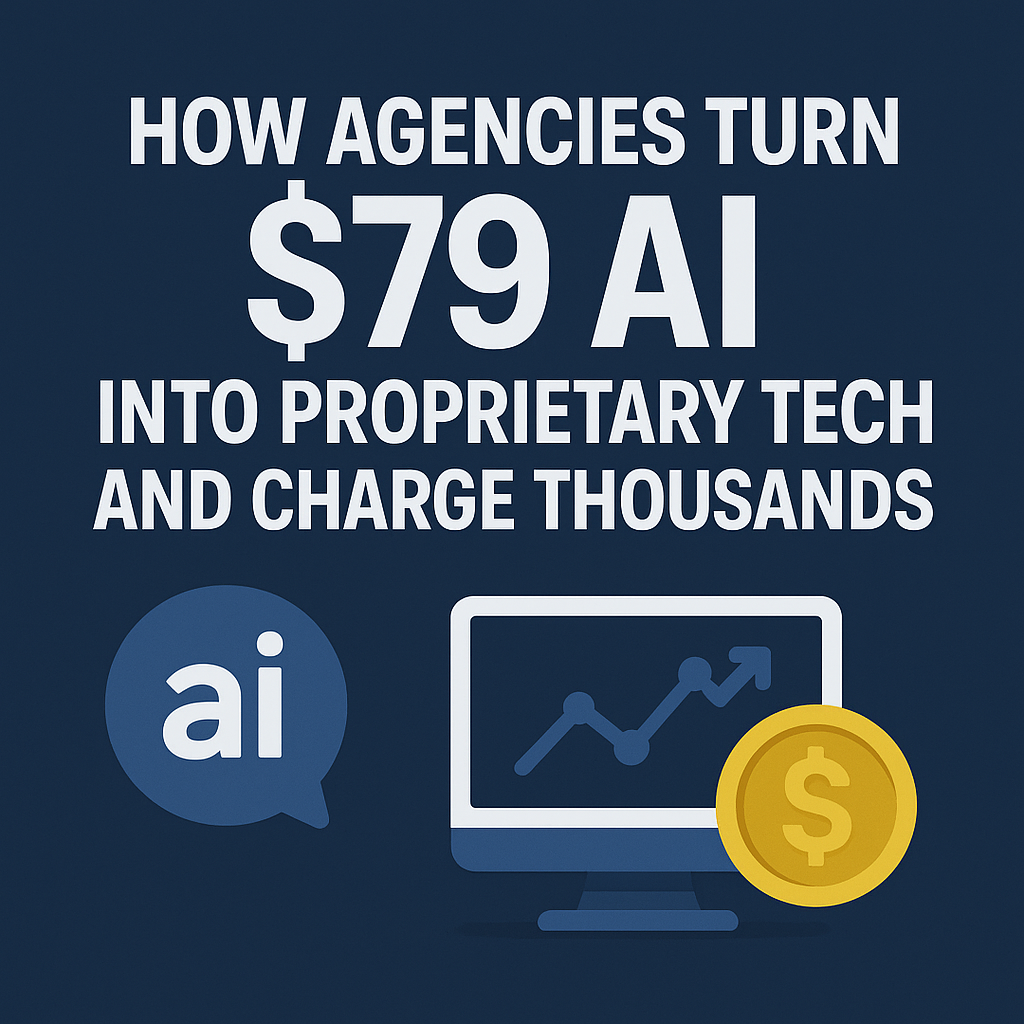How Agencies Turn $79 AI into Proprietary Tech and Chage ThousandsHow Agencies Turn $79 AI Monitoring into $10K+ Recurring RevenueHow Agencies Turn $79 AI into Proprietary Tech and Charge Thousands
The $1.2B uptime monitoring market is broken. Legacy tools charge $10–$18 per site—and still leave agencies guessing why things go down.
Agency Uptime changes the game.
For just $79/month, you get fully white-labeled, AI-powered monitoring for 50 sites, ready to resell as your own branded DevOps assistant.
Your Branded AI DevOps Assistant:
✅ Fix issues fast – AI diagnoses and suggests fixes in plain English
💰 Profit center – Resell at $50–$100/site and keep 95%+ margins
🧠 No tech headaches – Even non-devs can sound like site reliability pros
Agencies using Agency Uptime have repositioned from “reactive responders” to business continuity experts. And clients love it.
What Makes It Different
🚨 Traditional tools:
“Connection timeout.” You’re on your own.
🤖 AI Uptime Monitoring:
“Stripe’s SSL expired. Renew certificate via hosting provider to restore payment processing.”
Fixed in 5 minutes. Client stays happy. You look like a hero.
Own the Category. Or Someone Else Will.
🔹 Brand everything, dashboards, alerts, and reports—with your logo
🔹 Send real-time push alerts via your LeadConnector app
🔹 Deliver AI reports like this:
🕒 3:22 AM – AI Alert: “Payment gateway down – expired SSL.”
🔧 3:27 AM – Fix: SSL renewed automatically
✅ 3:28 AM – Site back online
👏 Client: “Damn, you’re good.”
🔹 Shift the pitch: You’re not just monitoring uptime. You’re protecting revenue.
🔹 Use predictive health scores and PDF reports to prove ROI month after month
Pricing That Powers Your Growth
Simple. Scalable. Designed for resale.
🟢 Kick-Start — $29/month
10 sites · 5-min checks · Email alerts
Basic AI diagnostics, white-label dashboard (AU-branded reports)
🔵 Agency — $79/month
50 sites · 1-min checks · Email & Slack alerts
Advanced AI diagnostics, client sub-accounts, full white-label
🟣 Enterprise — $199/month
200 sites · 30-sec checks · Multi-channel alerts
Premium AI + API access + predictive health scoring
Answering the Skeptics
“Is AI really accurate?”
✔ Yes. MTTR drops from 90+ min to under 5. Over 80% of issues get auto-resolved.
“What if it’s wrong?”
✔ You’re covered. Each alert includes logs, diagnostic context, and fallback safeguards.
🧮 The Math
Resell at $100/site. Your cost:
- 50 sites = $79 → You make $4,921/mo
- 200 sites = $199 → You make $9,801/mo
Margins: 95%+
This Land Grab Won’t Last
The AI monitoring revolution is happening now. The agencies that act first lock in clients and pricing.
🧠 Want to resell AI diagnostics without building your own AI?
🚀 Visit AgencyUptime.com and start your free trial.

